What Type Of Wastewater Tank Do I Need? – A Homeowners Guide
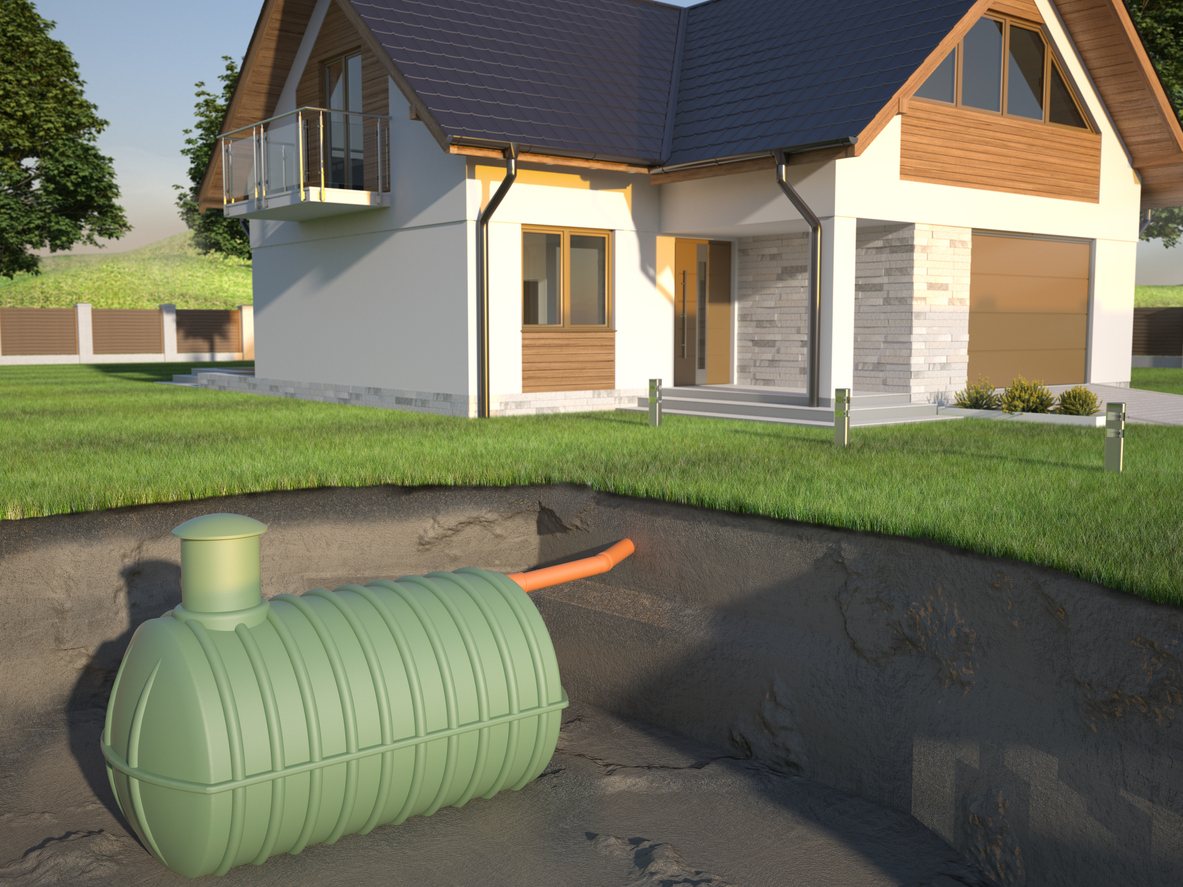
When determining the type of wastewater tank you need as a homeowner, several factors should be considered. Here are some key points to guide you:
- Local regulations: Check with your local authorities or building codes to understand the specific requirements for wastewater management on your property. They may have guidelines on the type and size of tanks allowed.
- Property size and soil conditions: Assess the available space on your property and the soil conditions. Some areas may have limitations on the size or placement of wastewater tanks. Additionally, the soil type affects the drainage capabilities and may require specific tank designs.
- Household size and water usage: Consider the number of people in your household and their water usage habits. This will help determine the capacity of the tank needed to handle the wastewater generated.
- Wastewater treatment system: Determine the type of wastewater treatment system you plan to use. Different systems, such as septic tanks, aerobic treatment units, or advanced treatment systems, have specific tank requirements.
- Maintenance and accessibility: Consider the ease of maintenance and accessibility for the tank. Ensure that it can be easily accessed for regular inspections, pumping, and any necessary repairs.
It is recommended to consult with a professional wastewater system designer or installer who can assess your specific needs and provide guidance on the most suitable type of wastewater tank for your home. They will consider local regulations, site conditions, and your specific requirements to help you make an informed decision.
What Types Of Septic Tank Are There?
There are several types of septic tanks available, each with its own design and functionality. Here are some common types:
Onion Shaped Septic tanks
An onion-shaped septic tank, also known as a barrel-shaped septic tank, is a type of septic tank that has a unique design resembling the shape of an onion or a barrel. It is characterized by its rounded, bulging shape in the middle and tapering towards the top and bottom.
The purpose of the onion shape is to provide structural strength to the tank, allowing it to withstand the pressure exerted by the surrounding soil. The rounded shape helps distribute the pressure evenly, reducing the risk of tank failure or collapse.
Onion-shaped septic tanks are typically made of reinforced concrete or fiberglass, which further enhances their durability. They are commonly used in areas with high groundwater levels or unstable soil conditions, where the tank needs to withstand external forces.
It's important to note that the shape of the septic tank does not affect its functionality or performance in treating wastewater. The primary function of any septic tank, regardless of its shape, is to separate solids from wastewater and allow the effluent to be further treated or disposed of properly.
Shallow Dig Septic Tanks
A shallow dig septic tank, also known as a low-profile septic tank, is a type of septic tank that is designed to be installed at a shallower depth in the ground compared to traditional septic tanks.
The main advantage of a shallow dig septic tank is that it requires less excavation and is typically easier and less expensive to install. This can be particularly beneficial in areas with high water tables, rocky soil, or other challenging soil conditions where deeper excavation may be difficult or costly.
Shallow dig septic tanks are typically made of durable materials such as concrete, fiberglass, or plastic, and they function similarly to traditional septic tanks. They receive wastewater from the household plumbing system, separate solids from liquids, and allow the liquid effluent to flow out into the drain field for further treatment and disposal.
It's important to note that the suitability of a shallow dig septic tank depends on various factors, including local regulations, soil conditions, household size, and water usage. Consulting with a professional septic system designer or installer is recommended to determine if a shallow dig septic tank is appropriate for your specific situation.
It's important to note that the suitability of each type of septic tank depends on factors such as soil conditions, local regulations, household size, and wastewater characteristics. Consulting with a professional septic system designer or installer is recommended to determine the most appropriate type of septic tank for your specific needs.
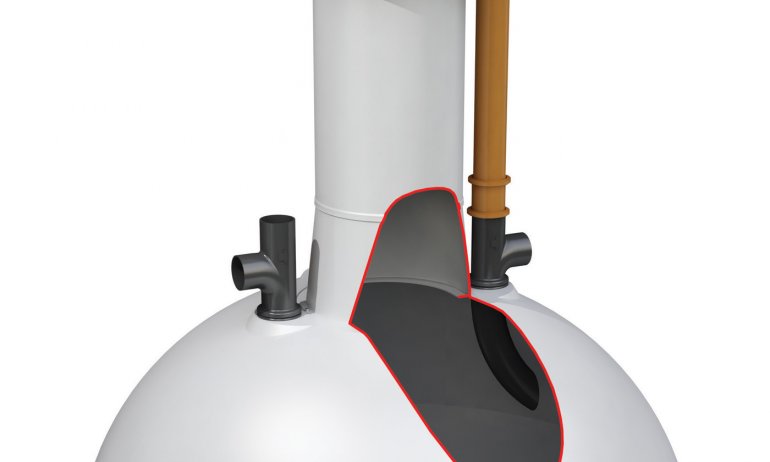
Onion Shaped Septic Tanks
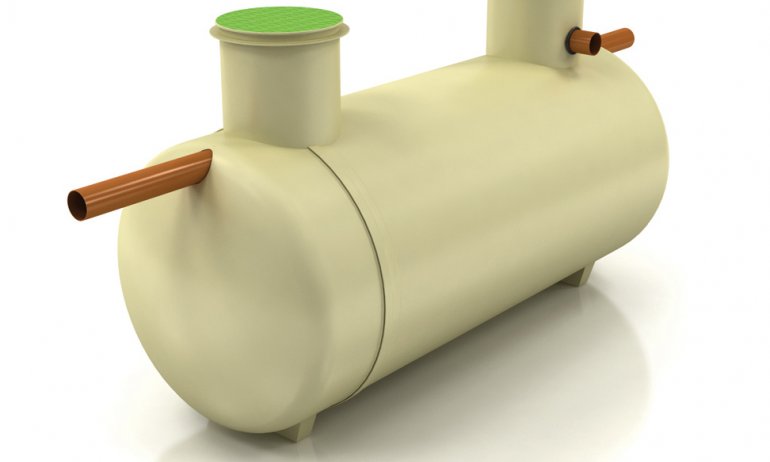
Shallow Dig Septic Tanks
What Size Septic Tank Do I Need?
Determining the appropriate size of a septic tank for your needs depends on several factors. Here are some considerations to help guide you:
1. Household size: The number of people living in your home is a crucial factor in determining septic tank size. Generally, the more occupants, the larger the tank required to accommodate the increased wastewater volume.
2. Water usage: Assess your household's water usage habits, including daily activities such as bathing, laundry, dishwashing, and toilet flushing. Higher water usage will require a larger septic tank to handle the increased wastewater flow.
3. Bedroom count: In some regions, septic tank sizing is based on the number of bedrooms in a home. This is because the number of bedrooms is often an indicator of the potential number of occupants and water usage.
4. Local regulations: Check with your local health department or relevant authorities to understand the specific regulations and requirements for septic tank sizing in your area. They may have guidelines or minimum standards that need to be followed.
5. Soil conditions: The type and permeability of the soil on your property can affect the drainage capabilities of the septic system. Soil tests may be necessary to determine the appropriate size and design of the septic tank and drain field.
It is recommended to consult with a professional septic system designer or installer who can assess your specific needs and site conditions. They will consider factors such as household size, water usage, local regulations, and soil conditions to determine the appropriate size of the septic tank for your property. This will help ensure effective wastewater treatment and avoid potential issues in the future.
Whats a Sewage Treatment Plant and when would I need one?
A sewage treatment plant, also known as a wastewater treatment plant, is a facility designed to treat and process sewage or wastewater from residential, commercial, or industrial sources. Its primary purpose is to remove contaminants and pollutants from the wastewater before it is discharged back into the environment or reused.
You would typically need a sewage treatment plant in the following situations:
1. Unavailability of a centralized sewer system: If your property is not connected to a municipal sewer system, you would need a sewage treatment plant to treat and manage the wastewater generated on-site.
2. Rural or remote areas: In rural or remote areas where access to centralized sewer systems is limited, individual properties or communities often rely on sewage treatment plants to treat their wastewater locally.
3. Large commercial or industrial facilities: Industries or commercial establishments that generate a significant amount of wastewater may require their own sewage treatment plant to effectively treat the volume and specific contaminants present in their wastewater.
4. Environmental regulations: In some cases, local regulations or environmental permits may require certain properties or facilities to have their own sewage treatment plant to ensure compliance with water quality standards and protect the environment.
The specific need for a sewage treatment plant depends on various factors such as location, property type, wastewater volume, and regulatory requirements. It is advisable to consult with local authorities or wastewater treatment professionals to determine if and when you would need a sewage treatment plant for your specific situation.
Read More from Tanks Direct

 Login
Login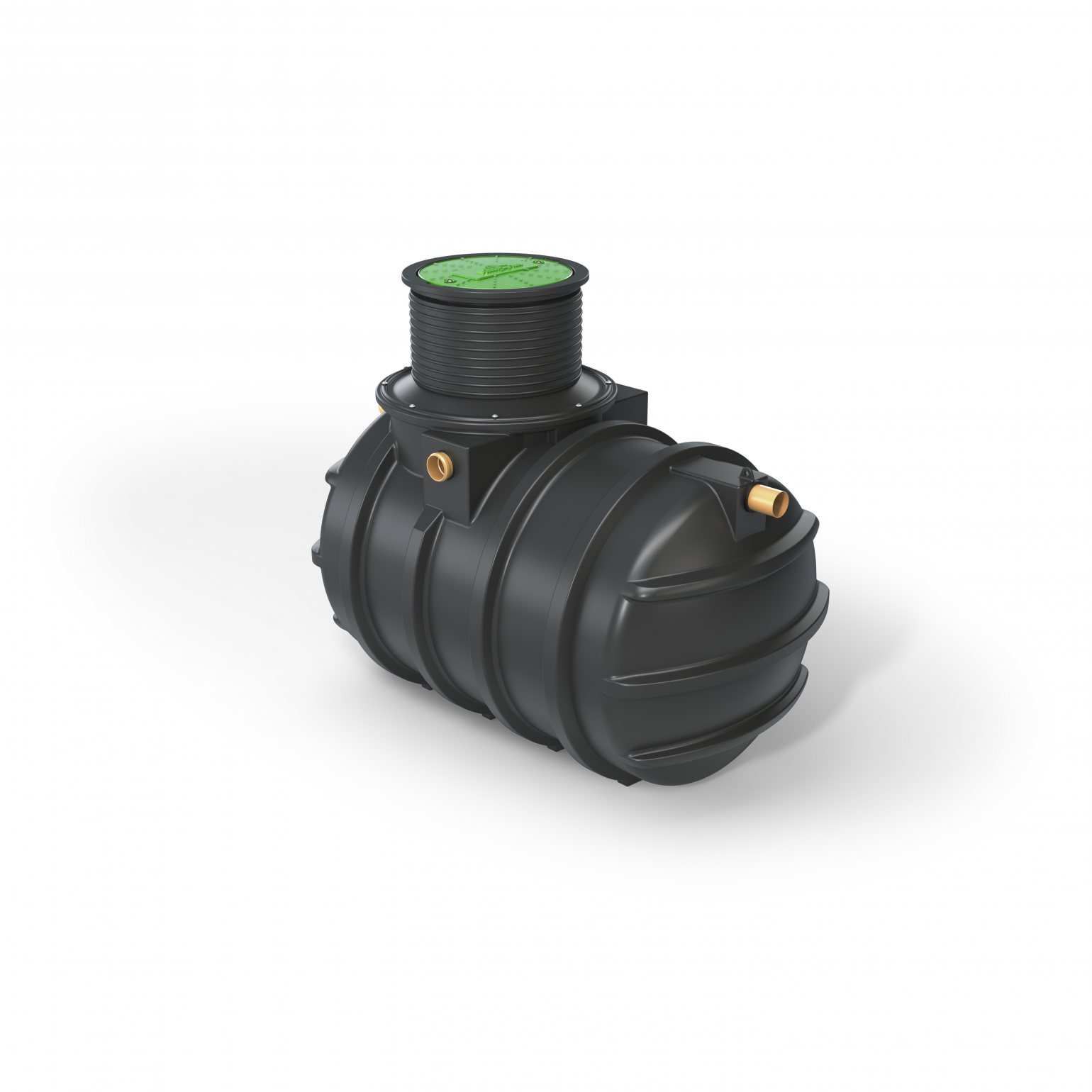
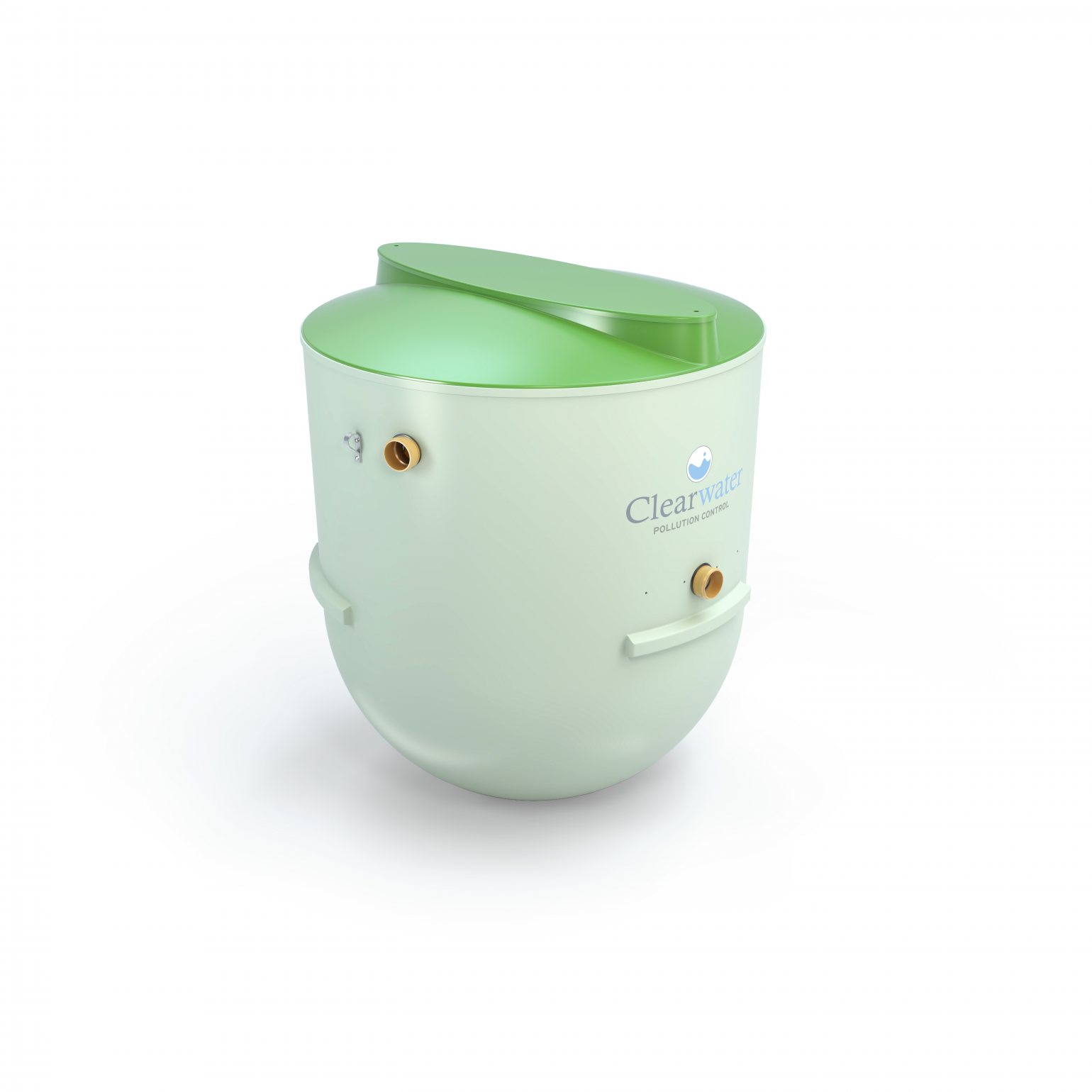
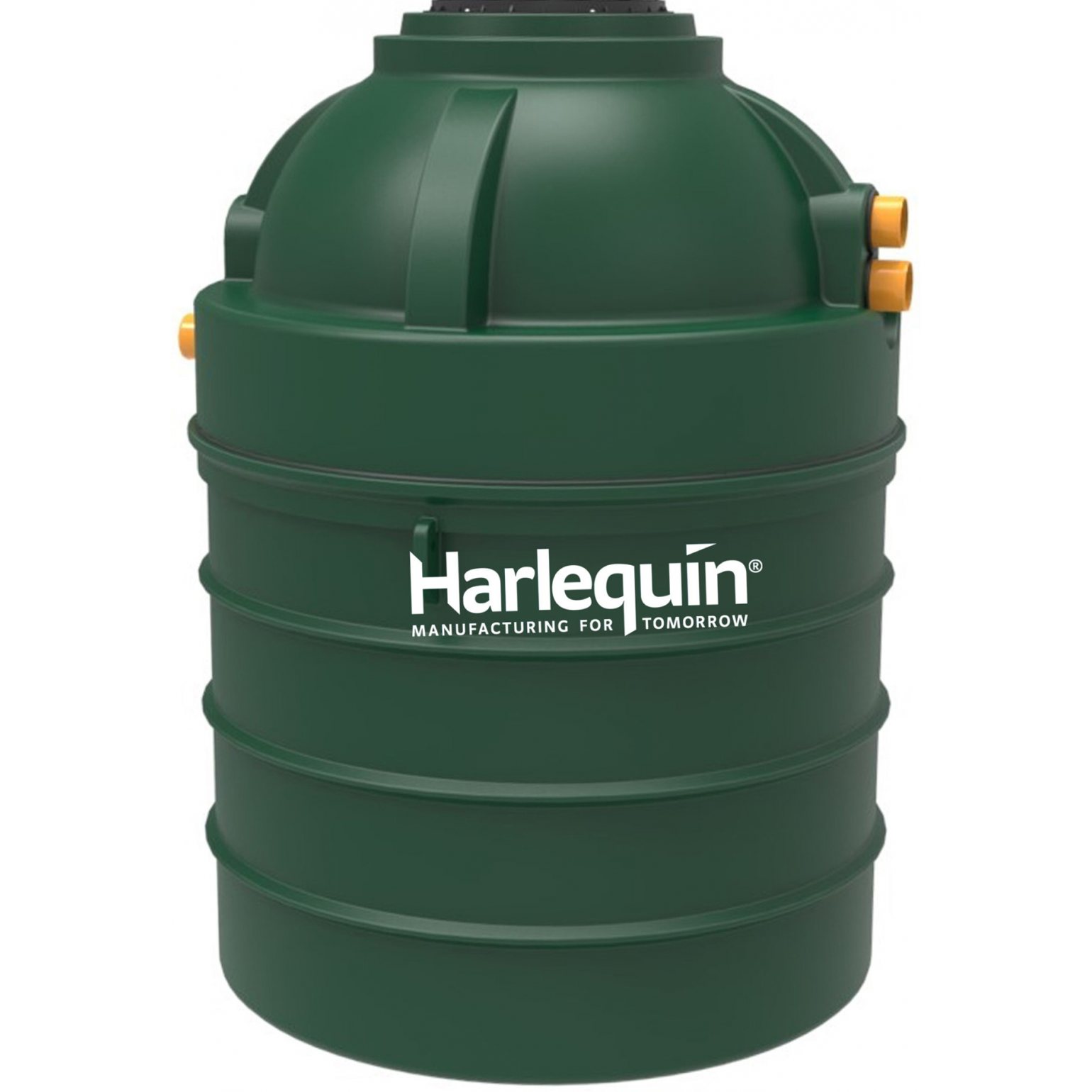
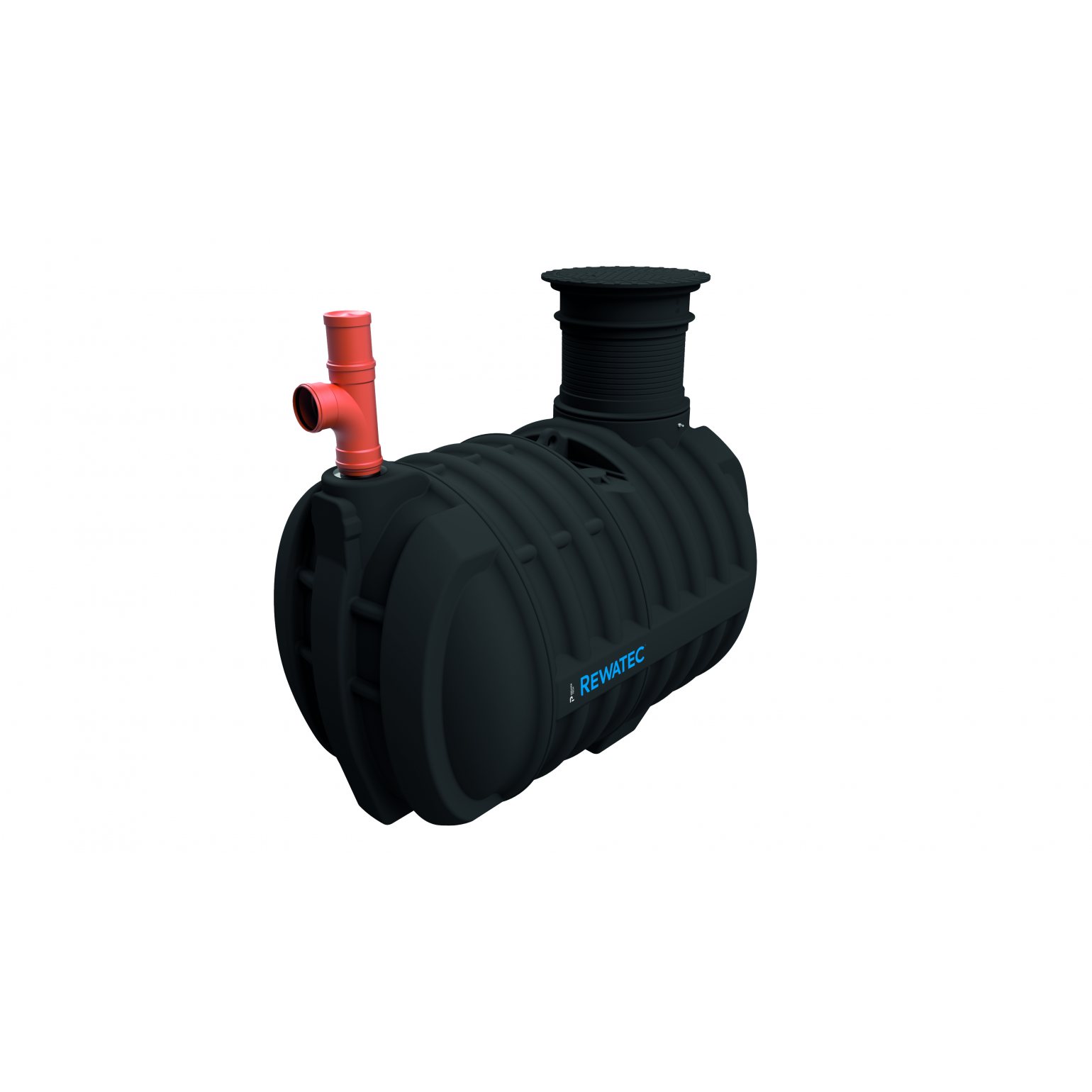








.png)